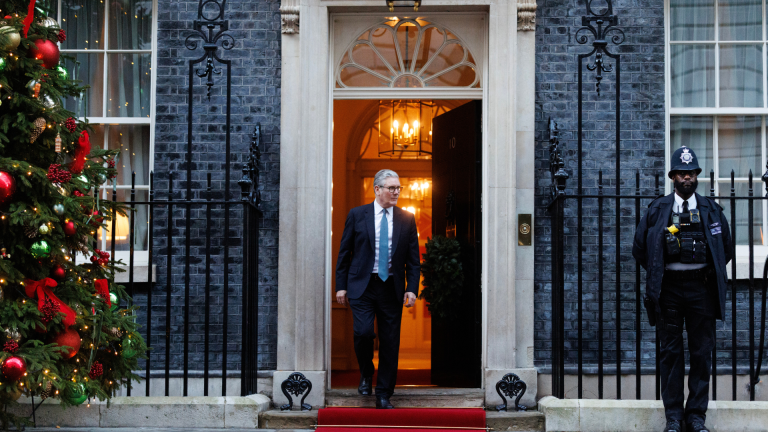“For those who want to make Britain less insular, the answer is not to submit forever to the EU legal border but to think about how we can undo the physical separation that took place at the end of the Ice Age. Fly over the Channel at Dover and you see how narrow it is, the ferries plying back and forth like buses at Oxford Street, and as you measure the blue straits with your fingers you can see that his moat is really an overgrown prehistoric river that once flowed down from the mountains of Norway and was fed by its tributaries the Thames, the Rhine and the Seine. Indeed, Britain and Holland used to be joined in the old days by a territory known as Doggerland, though the customs of Doggerland are now lost to history.” Boris Johnson
When Boris Johnson appealed for British unity in his recent keynote speech I suspect that many people may have been surprised to hear the Foreign Minister refer to Doggerland – the prehistoric land mass underneath the North Sea. Named after the Dogger banks – and usually only heard by insomniacs on the shipping weather forecast late on Radio 4 – these long-lost lands rarely crop up in contemporary political debate. However, the current discussion regarding Brexit and climate change suggests their 15 minutes of fame may have arrived.
Seas rise and fall and those that surround Britain have throughout geological time most often been broad plains connecting the area of Britain with continental Europe
The British are rather comfortable with their concept of insularity, and perhaps exceptionalism, but historically the periods when Britain was actually an island, set in an azure main, are relatively rare. Seas rise and fall and those that surround Britain have throughout geological time most often been broad plains connecting the area of Britain with continental Europe. On relatively rare occasions these plains have been the victim of climate change and rising seas, following the retreat of glaciers and ice sheets. The period Boris Johnson is referring to follows the last the end of the last Ice Age c. 18,000 years ago when Britain’s last Brexit occurred, around c.7-8,000 years when the lands that were to become Britain were finally separated by the North Sea and the English Channel. The scale, and nature, of these changes were staggering and global. Not only was the whole world transformed by the loss of 20 million km2 of coastal lowland – more than twice the area of the USA – the climate and landscape morphed from tundra to mixed forest and even the human economy shifted towards the end of the period when the last hunter gatherers turned to farming as a way of life.

Such facts might easily have been relegated to the status of geological curiosities had these lands not been the home of so many people, attracted to the great plains, full of animals, fish and water. At a time before the introduction of agriculture the plains of the North Sea were prime real estate for hunter gatherer societies, and probably stood in contrast to the area of that would become Britain, which was effectively a low range of hills on a north western peninsular of Europe. A hinterland of settlement rather than a heartland.
The Foreign Secretary, is of course, a classicist and a historian, with a taste for Victorian and Edwardian turns of phrase and literature. He probably knows quite well that although the history and customs of Doggerland are little known to the public today, the existence of Doggerland, if not their customs, were actually quite well known to the British people. The name Doggerland was probably coined as early as 1919, in the Children’s Newspaper a popular publication and the precursor to Look and Learn a magazine, which would be well-known to older readers! However, H.G. Wells was well aware of the history of the North Sea and actually wrote about it in 1897 in one of his lesser known works A Story of the Stone Age which he introduced with the a description of these lands –
“This story is of a time beyond the memory of man, before the beginning of history, a time when one might have walked dryshod from France (as we call it now) to England, and when a broad and sluggish Thames flowed through its marshes to meet its father Rhine, flowing through a wide and level country that is under water in these latter days, and which we know by the name of the North Sea.”









